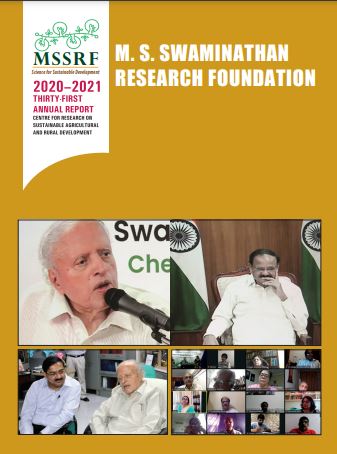All of Hollywood’s fantasies and science fiction seem to be playing out in real life as the world comes together to take on the #coronavirus. (note: not the ‘dreaded’ corona and that’s for a reason). Tragically, a few days ago, a man suspected to be infected, jumped off from the 7th floor of the hospital in Delhi where he was taken, to his death. We also had the quote of a chief minister of an Indian state who remarked that there would be ‘shoot at sight’ at anyone who violated the lockdown over corona.
This brings us to the all pervading mood of the people – fear, panic, alarm, and for good reason. The heartrending visuals of coffins in Italy, the stories of people dying alone, the unprecedented global lockdowns have made this the most urgent challenge in recent human memory, a challenge that has brought the world health and scientific community together in a bid to take this on. It has also brought families and communities together like never before, cut down on our consumption and emission drastically and brought lot of introspection to human life. Which is why, to me, there is more of hope, more of aspirational togetherness and sustainable living.
The F Factor:
There is of course much to fear, and without it, there is no certainty of people following curfews and lockdowns, but this is where I would like to bring in other experiences that we have faced and the messaging around these. One example from my experience is that of communication around HIV.
The global work around HIV / AIDS brought together a lot of awareness and communication – indeed it was driven by communication, considered the most effective way to ‘halt and reverse’ the epidemic. As millions of children were being orphaned across the globe, the first of the series of messages was to bring home, in a hard-hitting way, that this was a dangerous epidemic. Images of skulls and crossbones, the messages around lack of treatment / cure, the focus on behavior of ‘high risk’ people led to two outcomes. One, it definitely brought the spotlight on the seriousness of this infection. However, it also made the sense of fear, hopelessness and stigma around ‘high-risk’ groups quite severe.
There have been many proponents of ‘fear’ messaging as important to rudely wake up a community to create behavior change. In my experience, fear messaging might have short-term effects, but not the sustained, self-empowering behavior change that is really needed.
In another decade, the most difficult issue that HIV/AIDS faced was that of ‘stigma’ and the fact that people were not voluntarily getting tested enough, or not opening up and sharing their HIV+ status with their family, or worse taking extreme steps when finding out that they were HIV+. Rudely woken up by many suicides of people who were living with HIV, the communication messaging went through a drastic change – there was hope, there was a positivity and it was specifically addressing the stigma around people who might be living with HIV. From then on, strategic communications turned back whatever damage that the skull and crossbones imagery might have done, to focus on positive, hopeful messaging.
During my work in HIV/AIDS communication, we found marginalized communities showed greater behavior change through positive messaging and inter-personal communication, than through one-dimensional fear messaging used earlier.
The discourse and messaging around COVID-19 evokes memories of the communication around HIV. There’s far too much panic and rumors and eruptions of non-science. Calling it the Chinese virus or the killer / deadly virus etc causes further divide and disturbance.
What we need, is extreme caution, not fear; we need knowledge, not negative attitudes or rumors. Most of all, we need compliance from people who understand what is required, not because they are being forced or threatened into a behavior.
Evidences indicate that we are in for a long haul and perhaps a series of such long hauls. This is the third time in recent history that the coronavirus is threatening lives, destroying communities and pulling down economies. It is unlikely to be the last.
Using the right words won’t stop the virus the next time, but it may help people act together in greater knowledge and harmony to slow the enemy down. It may help build a greater closer world that can face troubles together, with the power of the positive message.
And, we need not wait till the next time. We can already start, now.
– Jayashree B, Director, Communication, MSSRF
image source: creative commons / NIH

